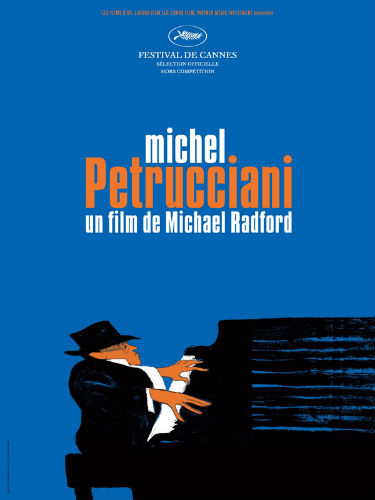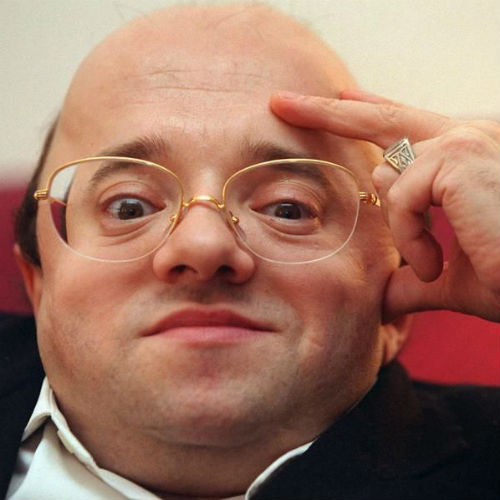Michel Petrucciani
The Art of Jazz Improvisation
JAZZ IMPROVISATION: MICHEL PETRUCCIANI INTERVIEW
This interview of Michel Petrucciani by journalist Denis Jeambar first appeared in the French weekly magazine L’Express on 5 November 1998. Translated here by Richard Jonathan.
Jazz is an integral part of our culture. How, in your view—you who are both a composer and an interpreter—how did this music from the African-American ghetto come to conquer the world? What is the secret of its universality?
I think you have to look for it in the origins of jazz itself. It was born in the cotton fields, among black slaves who weren’t allowed to speak to each other. Through song and rhythm, they found a form of freedom to express themselves and communicate.
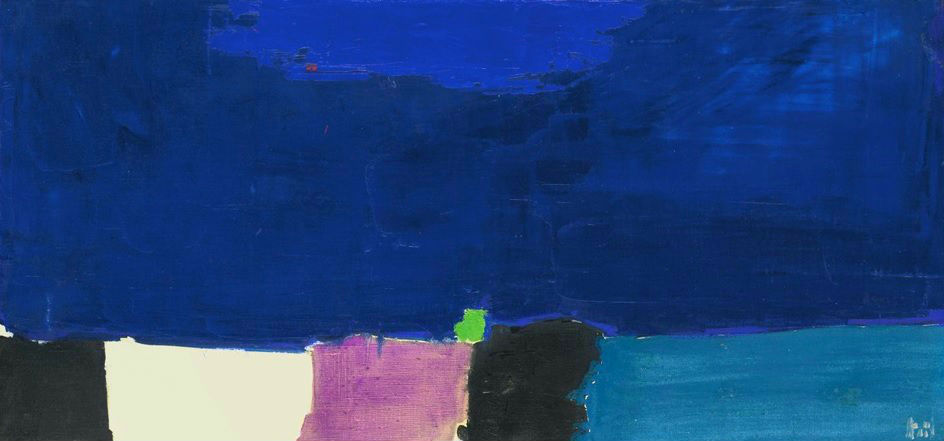
Nicolas de Staël, Méditerranée, 1952
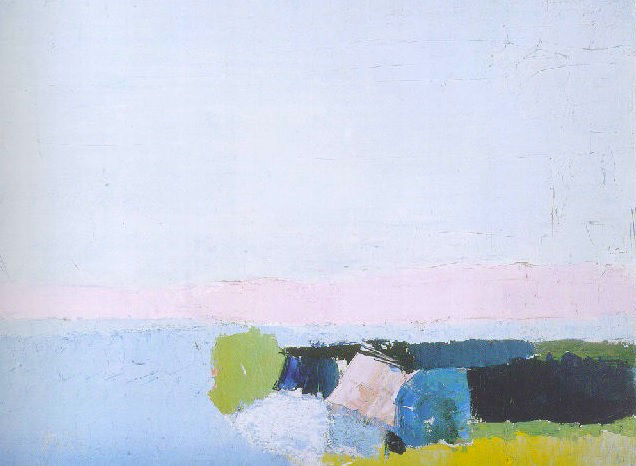
Nicolas de Staël, Bord de mer, 1952
This freedom, is it the essence of jazz?
You know, jazz is sixty percent instantaneous creation. Duke Ellington, who I often take as a reference because, to my mind, he is the equal of Gershwin or Stravinsky, was asked: ‘What is the difference between a composition and an improvisation’? He answered: ‘Time’. Indeed, one composes on a precise theme for an hour, a day or a month, whereas improvisation is immediate. It’s like action painting: you never retrace a brush-stroke. You have to succeed, immediately, in telling an interesting story. That’s jazz.
Without being too technical, try to describe how improvisation works. What’s going on in your head while you’re improvising?
It’s hard to describe, but I’ll try. On one hand, you have the melodic line, which is written, and on the other hand, the improvisation, which weaves its way around this line. I see the melodic line unfurling—like that, before my eyes—and I instantly play something that will intermingle with it and combine with it. This form of improvisation has much more tone colour and is much more accessible than improvisation based on harmonies. At any rate, it corresponds to my desire to communicate, to share my passion with others. Being Latin and expressive, I don’t do things only for myself. Listeners motivate me.
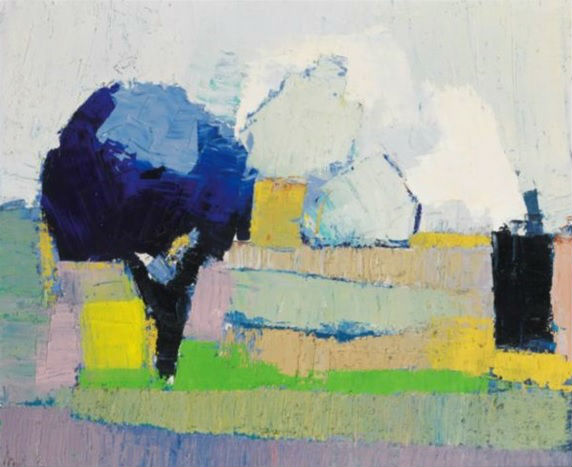
Nicolas de Staël, Paysage de Provence, 1953
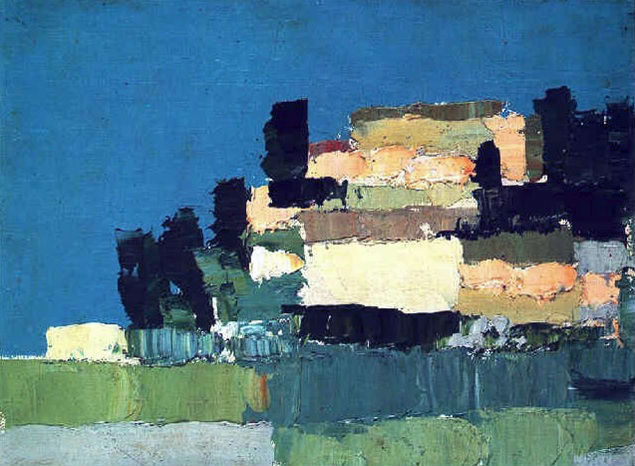
Nicolas de Staël, Ménerbes, 1953
Beyond that technical description, there’s the role of imagination.
For me, what I care about, is the sound. It has to be clean, crystalline, very precise, more and more precise. The sound of a voice, that’s the sound I’m looking for.
When one thinks of jazz, one thinks immediately of tempo. It’s a word that’s both ordinary and mysterious. What, for you, is tempo?
It’s complicated! It’s above all a way of finding your place when you go onstage. You have to appear and say to yourself: ‘I am master here’. Take complete possession of the space. Everything then belongs to you: the curtains, the chairs, the people, the floorboards, the ceiling, the lights… The auditorium is an egg, I am both inside it and outside it, it’s me that moves it. I tell the story, especially in a solo performance. I conduct the monologue.
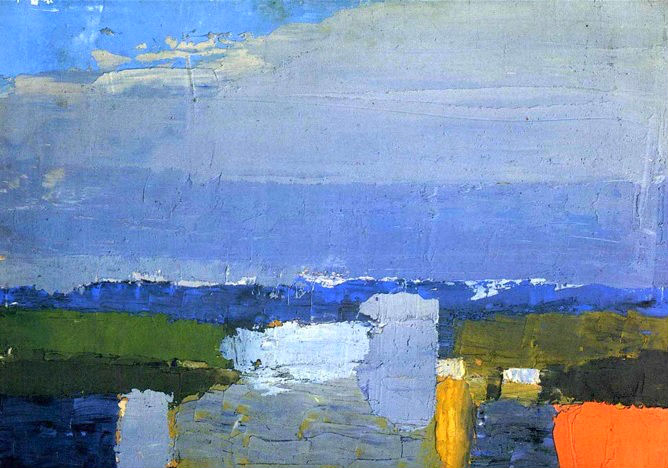
Nicolas de Staël, Paysage du Midi, 1953
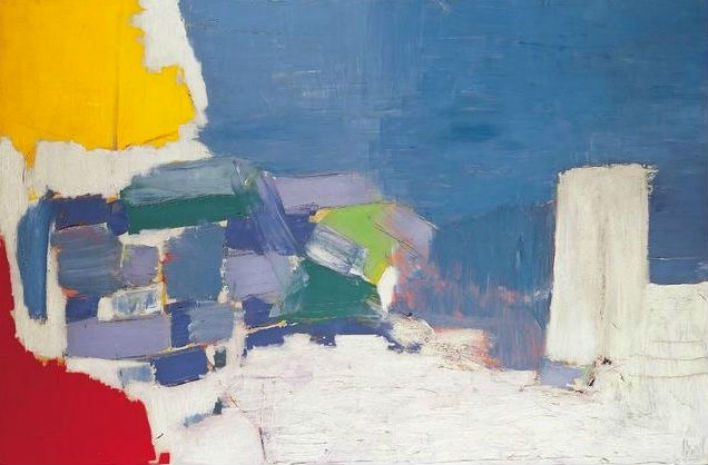
Nicolas de Staël, Méditerranée, 1954
Everything has to fall perfectly into place. Take the piano stool I sit on—five or six centimeters to the right or left and everything changes. I repeat: you have to find your place in a sort of cosmogony. Sometimes you don’t manage to, and then it’s a catastrophe. Out of ten concerts, it really works only three of four times. At such times, the tempo comes on its own. A rhythm imposes itself. The heart of the artist, the heart of the audience, the soul of the piano, the spirit of the place—all are one. An osmosis takes place, it’s no longer me who’s playing, it’s the audience. I experienced this feeling as a member of the audience listening to Itzhak Perlman at the Salle Pleyel in Paris. I was two meters above my seat, floating on air. The next morning I said to my partner, Isabelle, ‘Pinch me, I must have been dreaming’. When an artist offers such an experience, it’s magical. Just recalling this—as you can see—gives me goose bumps.
Do you often listen to other musicians?
Very often! Jazz pianists—Bill Evans, Erroll Garner, Art Tatum—but also classical music. Not for interpretation, but for composition. I often nick ideas, especially from the French impressionists—Ravel, Debussy—and from the major Romantics such as Rachmaninov.
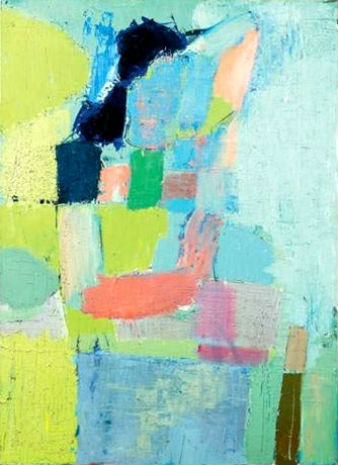
Nicolas de Staël, Figure, 1953
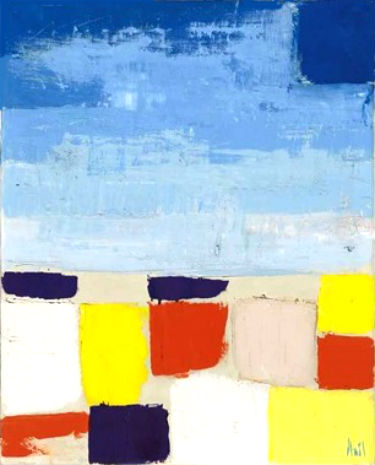
Nicolas de Staël, Composition-Paysage, 1953
Can you give an example?
Sure. Rachmaninov took, from a piece by Chopin, the right-hand line and made of it a very beautiful left-hand one. I took Rachmaninov’s left-hand line and transferred it to the right, then I wrote another line underneath it for the left hand. The tune is called ‘Even Mice Dance’. In jazz, there are phrases by Charlie Parker and Dizzy Gillespie that all musicians borrow. It’s like words: you reorganize them in your own way, and create a style. It’s not plagiarism, it’s part of the game. That’s how artistic genes are transmitted.
MICHEL PETRUCCIANI IN ‘MARA, MARIETTA’
FROM ‘MARA, MARIETTA’
Part One Chapter 2
1987. Paris. The Seine. The collar of my bomber jacket turned up against the chill, my hands snug in the deep slash pockets, I cross the Pont de Grenelle, heading for the Left Bank. Lights dance on dark water, the buzz of applause dies down in my ears. God, how the man with glass bones can play! What stunning improvisations! A Bedouin dance under desert stars, a shimmering vibration; the rolling gait of the cud-chewing camel, a treasure-load of ivory and gold: How ‘Caravan’ came alive! Expressive discords effortlessly resolved, harmony embellished with ingenuity; upward arpeggios, chromatic descents, what a drama he stages! And all the while his virtuosity is but a handmaiden to his musicality. The fire of Petrucciani’s playing has left me elated; before I know it, I’m halfway down the Quai André Citroën, a poem hatching in my head.
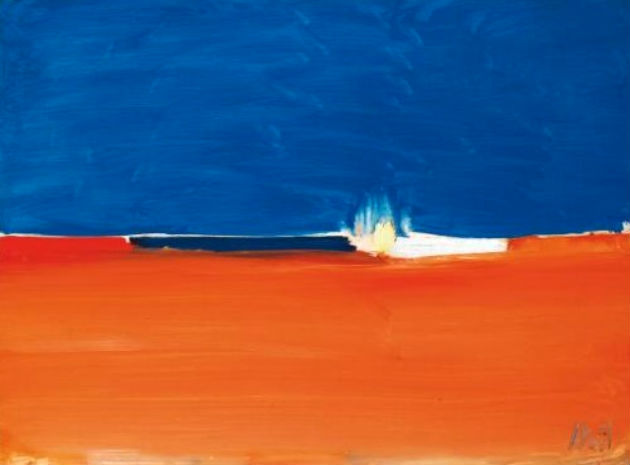
Nicolas de Staël, Plage de Syracuse, 1954
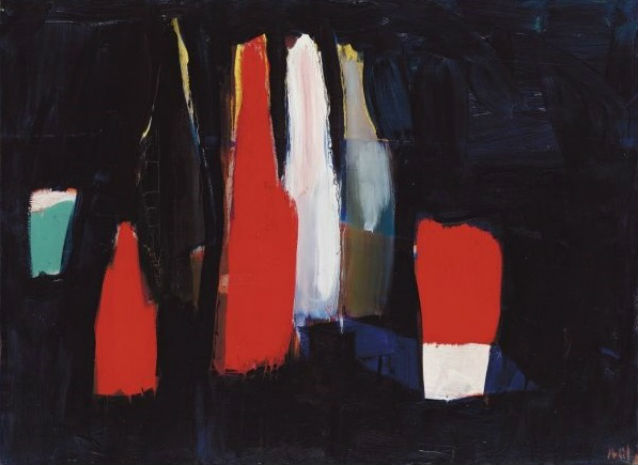
Nicolas de Staël, Bouteilles, 1954
FROM ‘MARA, MARIETTA’
Out-takes
Tongues of flame, constellation,
The river, the singular step;
Scattered colour, light on retina,
The I divining:
Jazz.
Out on a limb, acrobat,
The kite, the taut string;
The last rung, the scintillating void,
The ladder falling:
Jazz.
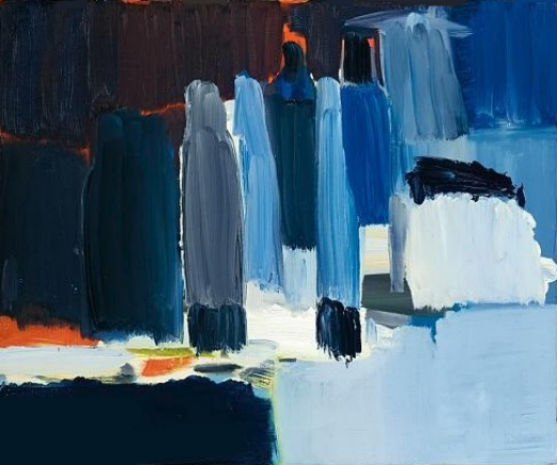
Nicolas de Staël, Nature morte, 1955
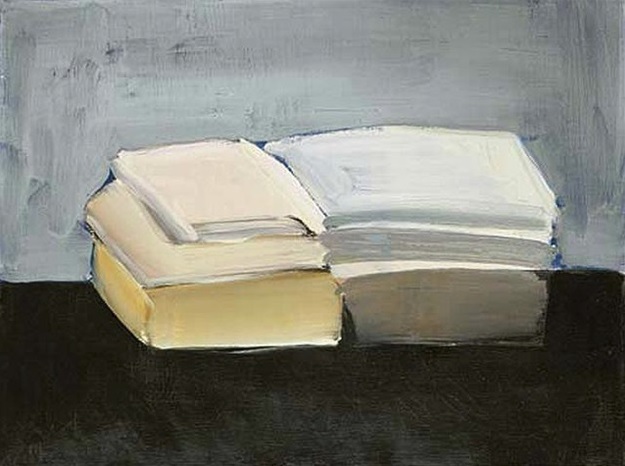
Nicolas de Staël, Livres, 1954
Voiced breath, friction ridge,
The pressure of a caress;
Syncopation, caesura,
The intractable yielding:
Jazz.
Angled interior, flowing shell,
The element of earth;
Rhythmic quiddity, nothingness;
Room for rebirth:
Jazz.
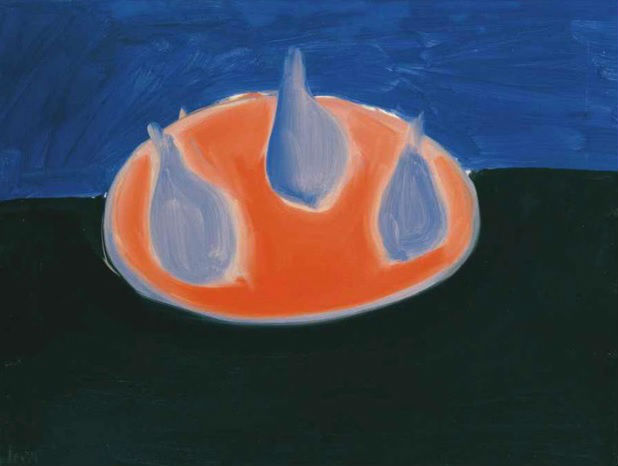
Nicolas de Staël, Poires sur une assiette rose, 1954
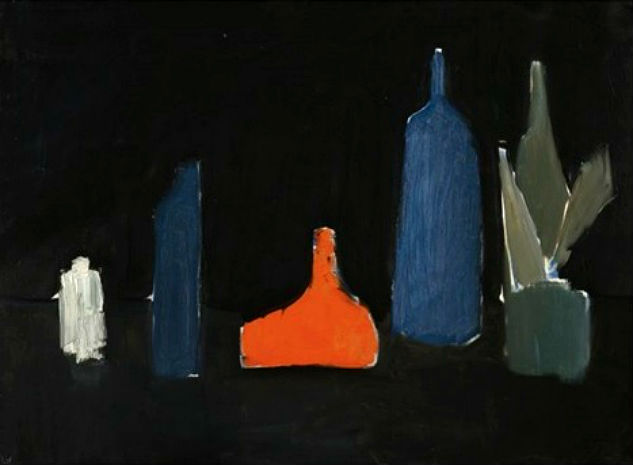
Nicolas de Staël, Cinq bouteilles, 1954
Haecceity, blood and breath,
The silence, the sound;
The fundamental string, the periodic motion,
The heart sympathizing:
Jazz.
VIDEO: MICHEL PETRUCCIANI LIVE
Caravan | Solo, Stuttgart, 1993
Cantabile | Trio, Stuttgart, 1998
Full Concert | Trio, Stuttgart, 1998
SPOTIFY: MICHEL PETRUCCIANI
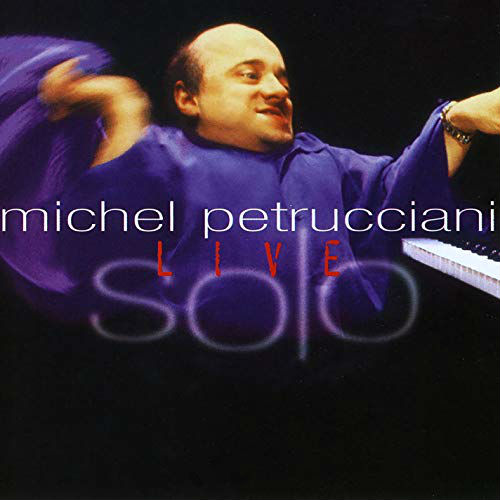
Michel Petrucciani: Solo Live
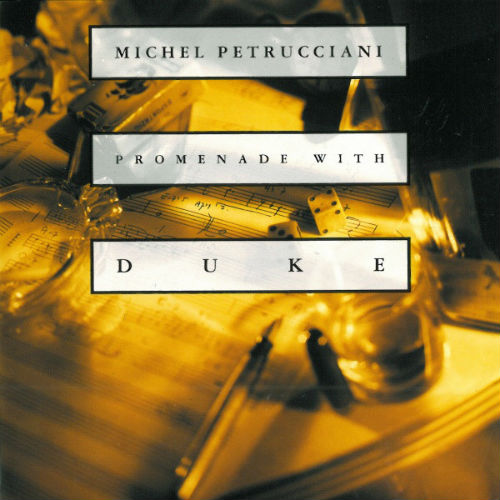
Michel Petrucciani: Promenade with Duke
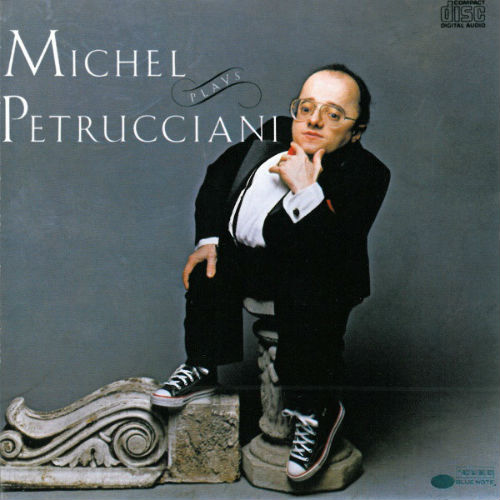
Michel Plays Petrucciani
YOU CAN LISTEN TO THE ALBUMS IN FULL WITH A REGISTERED SPOTIFY ACCOUNT, WHICH COMES FOR FREE
MICHEL PETRUCCIANI: A DVD DOCUMENTARY, A GUARDIAN ARTICLE, A BOOK CHAPTER
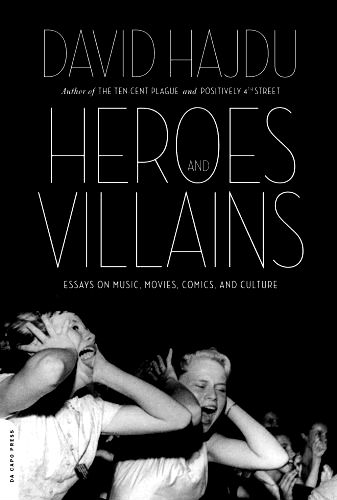
David Hajdu, Heroes & Villains: Essays on Music…
